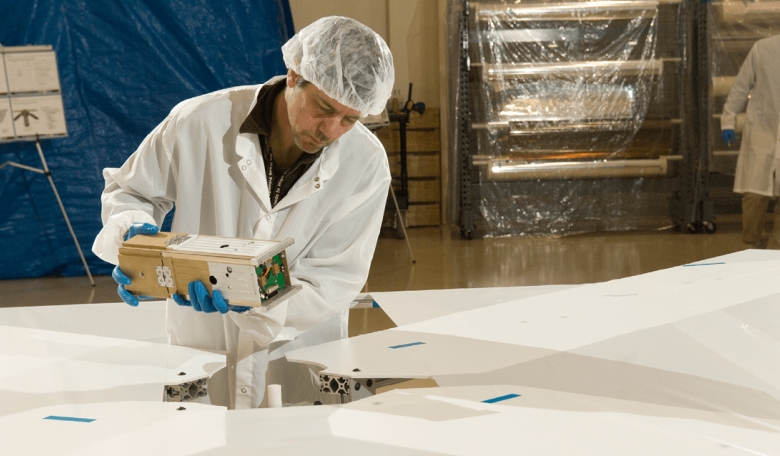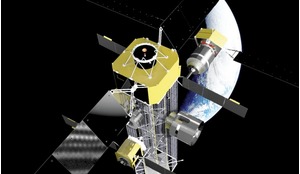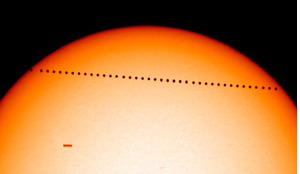Solar sailing is finally becoming a reality. After many false starts, launch vehicle failures and funding cuts, NASA, The Planetary Society, ESA and JAXA have all flown solar sails in space and are planning ambitious new missions for the future. The promise of propellant-less propulsion offered by solar energy is becoming a reality.
As their name implies, solar sails ‘sail’ by reflecting sunlight from a large, lightweight reflective material that resembles the sails of 17th and 18th century ships and modern sloops. Instead of wind, the sail and the ship derive their thrust by reflecting solar photons. It is a common misperception that solar sails use the solar wind for propulsion. This is incorrect. The solar wind is composed of atoms, typically hydrogen and helium, and their interaction with the solar sail produces no significant thrust. Photons have no rest mass but, thanks to quantum mechanics, they do have momentum. And, like any particle with momentum, they can impart some of it to an object that either absorbs or reflects them. Reflecting photons is preferable because it imparts approximately twice the momentum as absorption.
The physics of solar sail propulsion is relatively easy to understand. Newton’s Second Law of Motion says that Force is equal to mass times acceleration. The force (F) of sunlight at a given distance from the Sun can therefore cause a spacecraft of mass (M) to accelerate with acceleration A, F = MxA, an equation familiar to introductory physics students everywhere.
Read more about solar sails and their impact on the future of fueled spacecraft in the full version of the article, available now to our subscribers.














